Ah, the tennis elbow. How many of you have suffered from this annoying injury? Better yet, how many of you have actually played tennis to get this injury? My guess is not too many.
Tennis elbow, or lateral epicondylitis, is an injury that causes pain on the outer part of your elbow that can be aggravated by certain grips and movement of the wrist and elbow. Many people can feel frustrated trying to get rid of this pain because of the nature of this condition.
What Is Tennis Elbow?
Tennis elbow is classified as an overuse injury to the wrist extensors of the forearm. When these wrist extensors are overused, they cause little microscopic tears over time that lead to pain. Many people believe that inflammation occurs but, in fact, it is the degeneration of the tendon of the wrist extensors that is the cause of pain. In addition, because tendons have poor blood supply, it becomes very tricky to treat these types of injuries. Careful recognition and understanding of tennis elbow will help you begin your path to recovery.
Suffering from a sore neck, back and shoulders? Get our mobility guide to ease pain and soreness.
Get The FREE Mobility Guide To Fix Your Pain Today!
[tweet_quote] Got tennis elbow? There are lots of little tears in your tendons causing the pain.[/tweet_quote]
The two most common symptoms of tennis elbow include pain on the outer part of the elbow and grip weakness. Some of the other common symptoms include difficulty with turning a doorknob, opening a jar, and stiffness of the elbow. Most commonly, patients often develop this from overuse of the computer or poor gripping techniques. While tennis is a cause of some of the cases of tennis elbow, more often than not there is a different cause.
Tennis Elbow Treatment
Tennis elbow can be a complicated injury to treat. However, there are many different moves that will help you start to improve your symptoms. The most important thing to do is recognize what activities aggravate your elbow. Doing this will allow you to start the healing process. Secondly, be sure to fix your posture because the shoulders play a big role in taking pressure off of your elbow.
Don’t believe me? Here, let me show you. Make a fist as hard as you can. What do you feel? Chances are you feel everything from your hand to your elbow to your shoulder. You can’t use the hand or elbow without contributions from the shoulder. Lastly, implementing the correct rehabilitation program is vital to improving tennis elbow.
There are many exercises you can perform to help with tennis elbow. However, there are a few key exercises that are most important. As we have learned above, the wrist extensors are the primary culprit with tennis elbow. Oftentimes, because of the overuse associated with the wrist extensors, they begin to lock down and become stiff. Improving the mobility of the wrist extensors can help decrease the tension pulling on the tendon that is affected with tennis elbow. [tweet_quote]Improving wrist mobility will help ease the tension associated with tennis elbow.[/tweet_quote]
Another way to improve tennis elbow is to strengthen the wrist extensors in an eccentric contraction. Research has shown eccentric exercise to be more effective for tennis elbow than concentric contractions only. Often, performing eccentric exercises can be painful in the beginning, but it begins to improve as you continue performing them.
Strengthening the antagonist (opposite) muscles of the wrist will help balance out the arm. In this case, we want to strengthen the wrist flexors and later the supinators and pronators. Doing this will allow proper balance for when we type, grip, and hold things. Lastly, improving scapular thoracic (shoulder blade) muscle strength can be very beneficial in decreasing tennis elbow symptoms. By having stronger shoulders, your elbows will have less pressure upon them from activities.
Wrist Extensor Ball Rollout
Sit in a chair with your palm facing down. With your other hand and the ball, press the ball into the bulk of the musculature on the wrist right below the elbow. This will be tender if it is stiff. Apply pressure and roll up and down for up to one minute. Repeat 2-3 times throughout the day.
Wrist Extensor Eccentric Strengthening
Sit in a chair with your palm facing down and a light weight in your hand. With your opposite hand, assist your involved hand to extend the weight up. Once you’ve done that, release your assist hand and slowly bring the weight down. Repeat 15 times for three sets.
Wrist Flexion Strengthening
Sit in a chair, like in the above pictures, with your palm up holding a light weight. Let your hand come down and then flex up. Tension your wrist flexors for a few seconds and slowly lower the weight back down. Repeat 15 times for 3 sets.
Pronation/Supination Strengthening
Continue to sit in the chair, as above, with good posture. Hold the end of the dumbbells in a neutral hammer grip position. From there, turn the dumbbells down slowly so that your palm ends up facing the ground. Next slowly bring them back to neutral and then slowly the other way, so that your palms are facing up towards the ceiling. Repeat 15 times for two sets.
Shoulder Blade Squeezes
Standing or sitting, begin by engaging your core to maintain a neutral spine. From there, try to “pinch” your shoulder blades together. Resist the tendency to shrug your shoulders up. Repeat 15 times for three sets.
The Program:
- Find the activities that aggravate your elbow the most. Make a point to limit those as much as possible.
- Improve your posture at work and at the computer. If you have to grip something, be sure to let your shoulder help out!
- Improve your wrist extensor mobility.
- Improve your wrist extensor eccentric strength to allow for the tendon to remodel and heal.
- Improve your scapular strength to assist with decreasing tension off of your elbow.
Tennis elbow can be a tricky injury to treat. The most important thing to do is modify your activities, be patient, and perform the above program to get you started. Be sure to consult with your MD before starting any exercise program. If your tennis elbow becomes chronic, seek out a physical therapist.
(Your Next Workout: The 13 Best Forearem Exercises to Build Strength and Reduce Wrist + Elbow Strain)




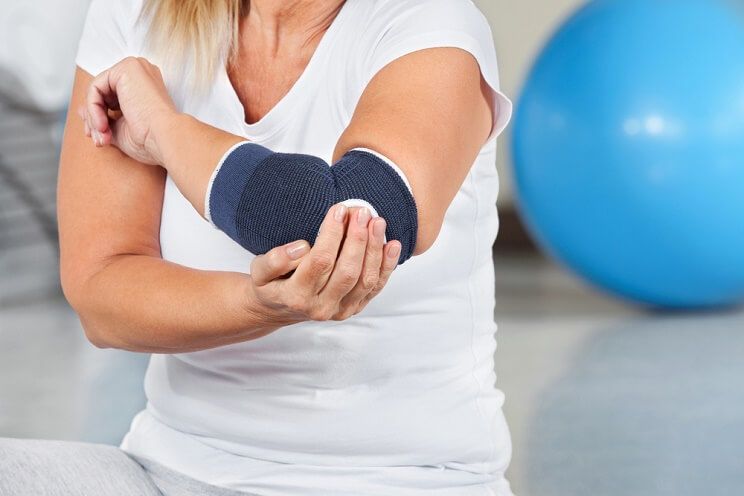
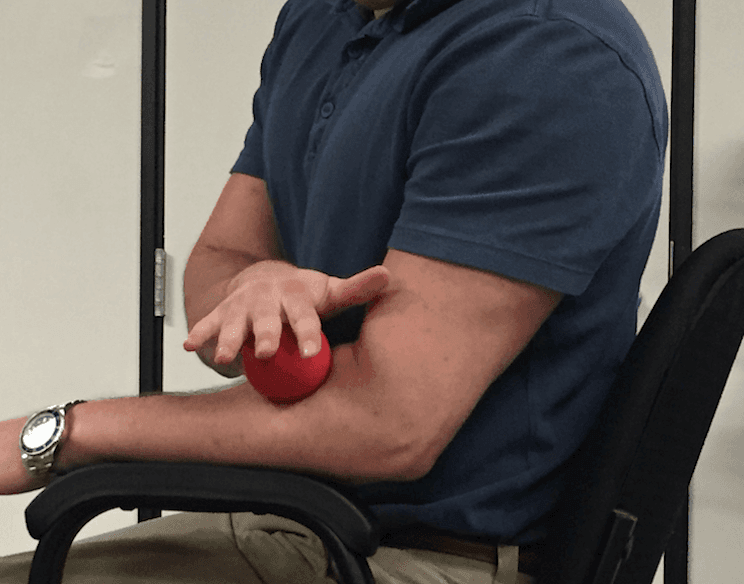
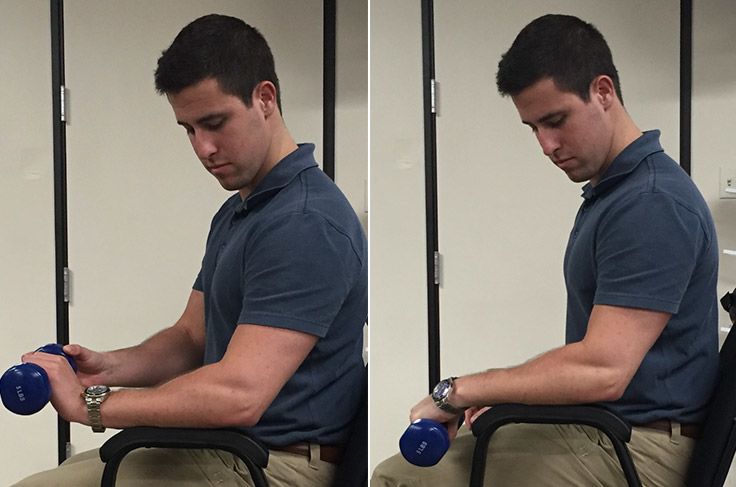
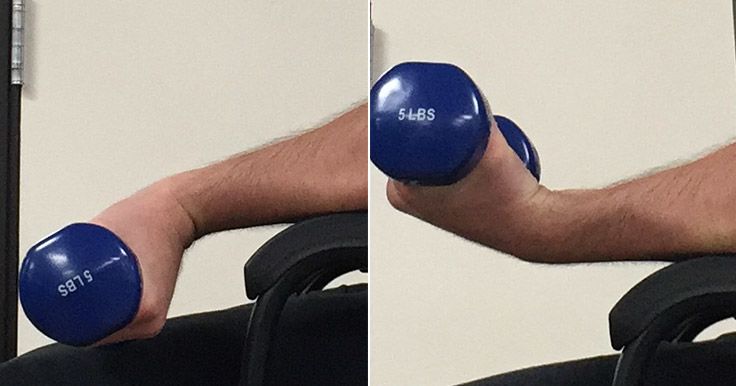
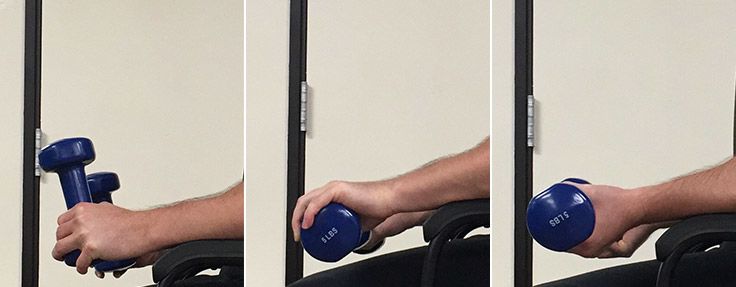
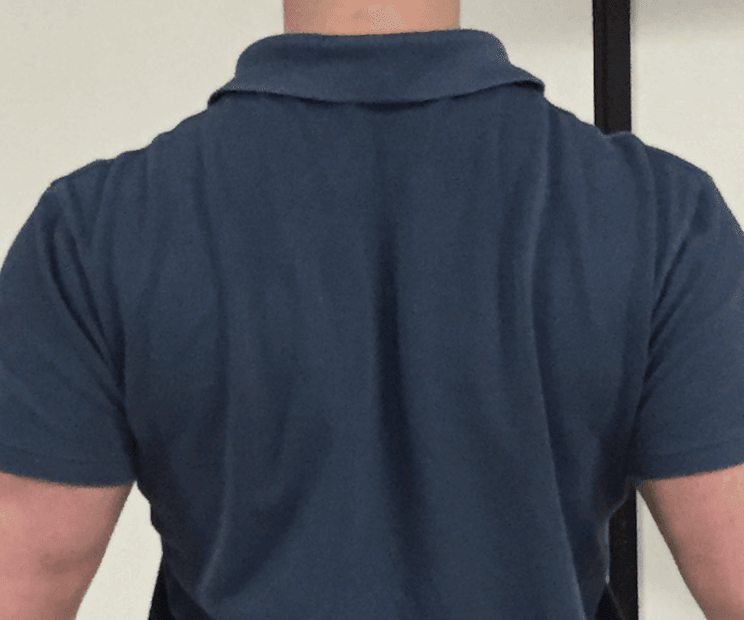


 Homemade Turmeric Lavender Coffee Creamer
Homemade Turmeric Lavender Coffee Creamer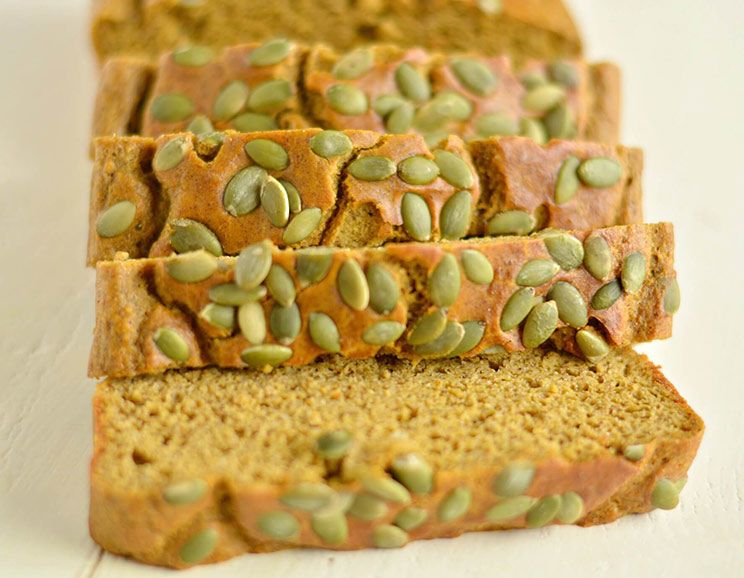

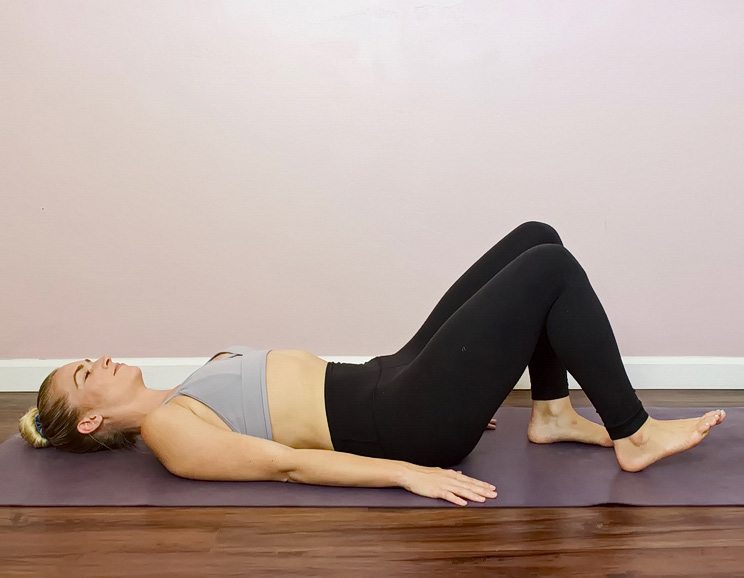
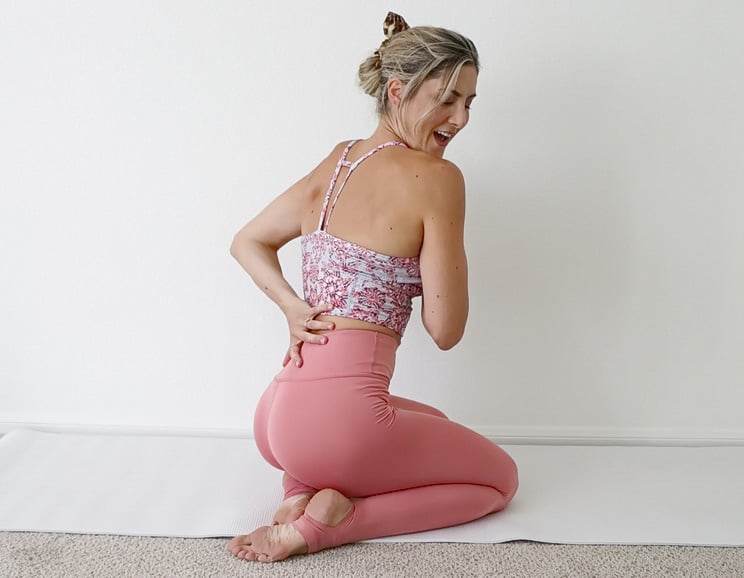
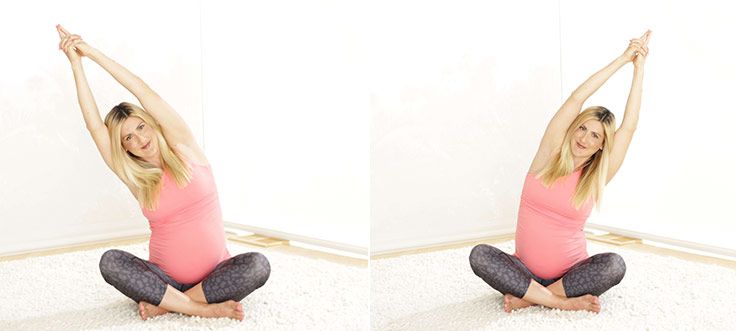

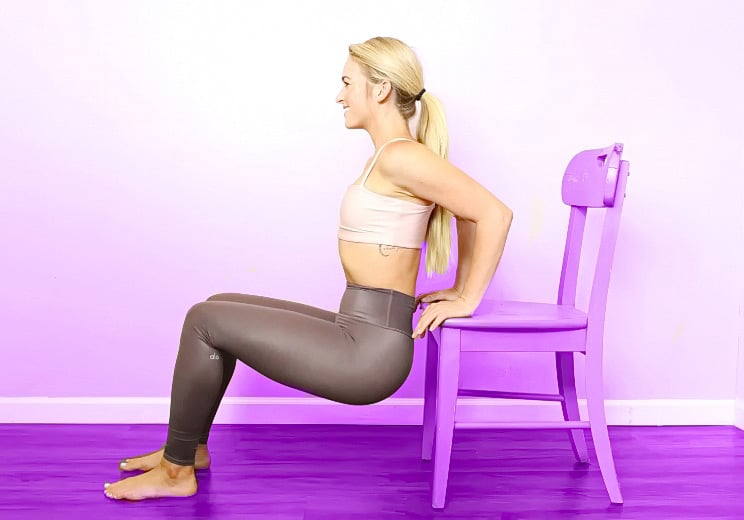
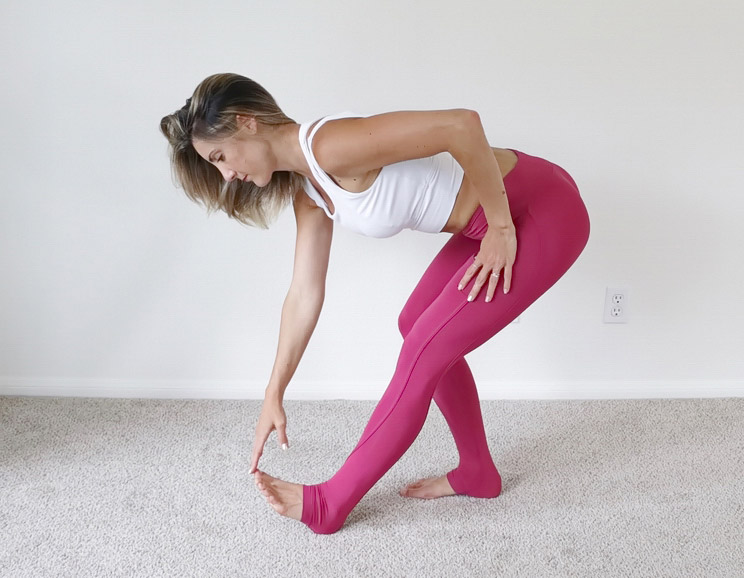
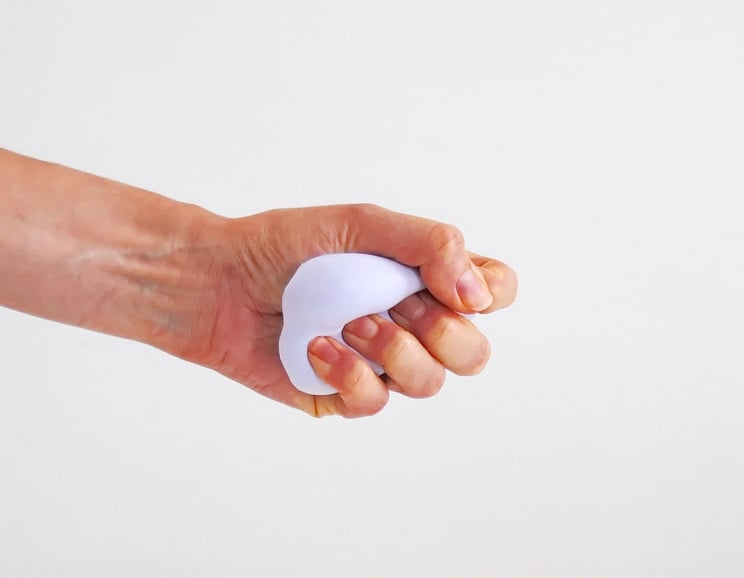
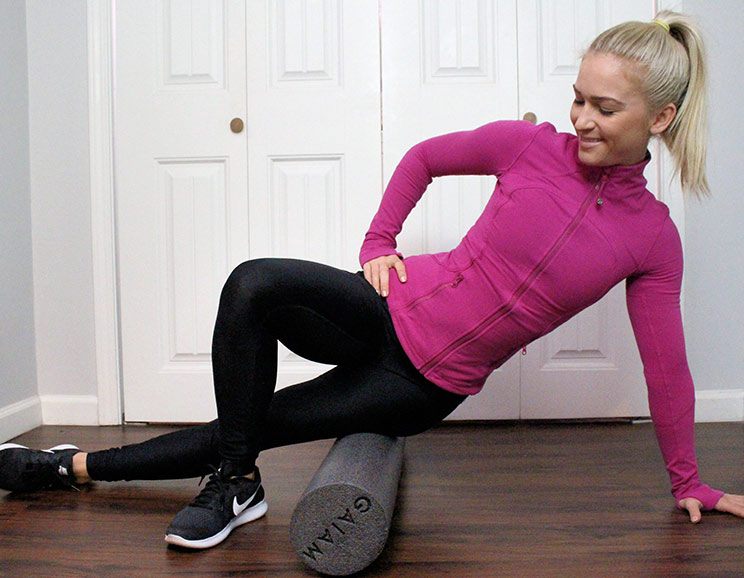
Show Comments